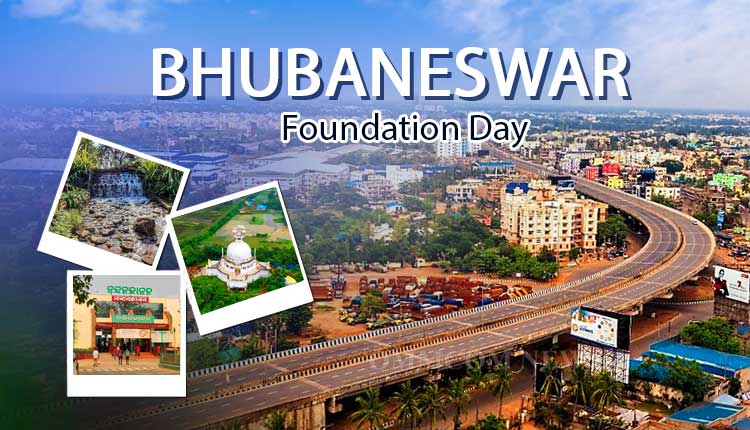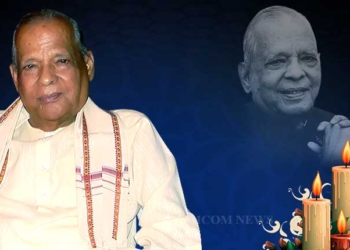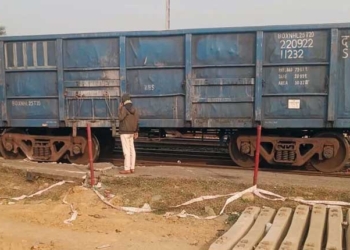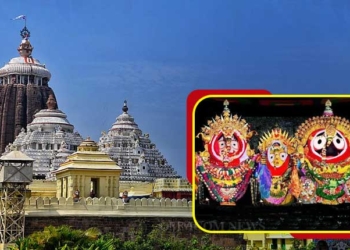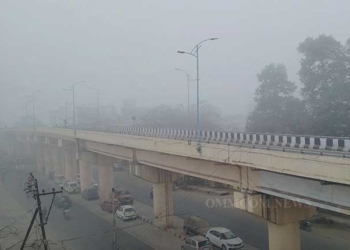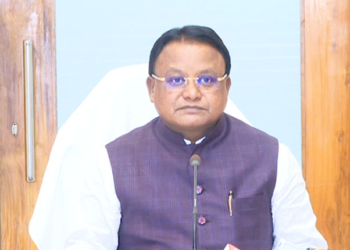Bhubaneswar: Bhubaneswar is celebrating 76th Foundation Day today. On April 13, 1948, the first Prime Minister of our country, Pandit Jawaharlal Nehru had laid the foundation stone of the Capital City. To commemorate this day, let’s delve into some lesser-known anecdotes and facts about Bhubaneswar.
History of Bhubaneswar
It was renowned German architect Otto Koenigsberger who came up with the city’s first master plan in 1948 for a population of 40,000. Since then, Bhubaneswar remains a model of modern architecture and city planning.
In the Smart City proposal by Government of India, Bhubaneswar stood number one among the best cities of India with a score of 78.83 points.
The city has a history of over 3,000 years beginning from the Mahamegha-bahana Chedi dynasty (around 2nd century BC) with Sisupalgarh as its capital.
Bhubaneswar derived its name from Tribhubaneswar, which means the Lord (Eeswar) of the Three Worlds (Tribhuvan), referring to Shiva.
Bhubaneswar is also famous in the name of Toshali, Kalinga Nagari, Nagar Kalinga, Ekamra Kanan, Ekamra Kshetra and Mandira Malini Nagari.
Bhubaneswar replaced Cuttack as the capital of the State in 1948, a year after India attained freedom from the clutches of the British.
Bhubaneswar was once home to nearly 700 temples. Even today, hundreds of these ancient temples are still standing.
Bhubaneswar: Where Emperor Ashoka embraced the principle of ahimsa
The famous Kalinga War took place near Dhauli on the outskirts of Bhubaneswar. This war changed King Ashoka, who later turned towards Buddhism and peace.
Kalinga used to be known for being the epicentre of the ancient Kingdom of Kalinga. Emperor Ashoka, king of Magadh, invaded Kalinga in 261 BCE and embarked upon a great slaughter in the Kalinga war. But so great was the carnage and human suffering that the emperor experienced a momentous change of heart and embraced the principle of ahimsa or non-violence embodied in Buddhism, to which he converted after the war.
Asoka’s famous Shanti Stupa was built in Dhaulii, around 10 Km away from Bhubaneshwar, next to river Dayanadi. This was where Emperor Asoka, after the successful Kalinga war was remorseful and repentant and built this to surrender to Buddhism and crave for peace.
On the rocks, one can see a lot of edicts of Asoka and his desire to promote Joy, Peace and Tranquility all around. All around Stupa, some rocks depict Buddhist lore, and one particular panel shows Asoka placing the sword at the feet of Lord Buddha. Situated on a hilltop, it offers a panoramic view of the surroundings and the Daya River.
Bhubaneswar @2024
On the occasion of the Capital Foundation Day, Lok Seva Bhawan, State Assembly, Commissionerate of Police office building and other landmark structures of the city are illuminated with decorative lights. As part of the city’s foundation day celebration, students of colleges in Bhubaneswar take out a civilian parade in the morning followed by a cultural programme in the afternoon.




